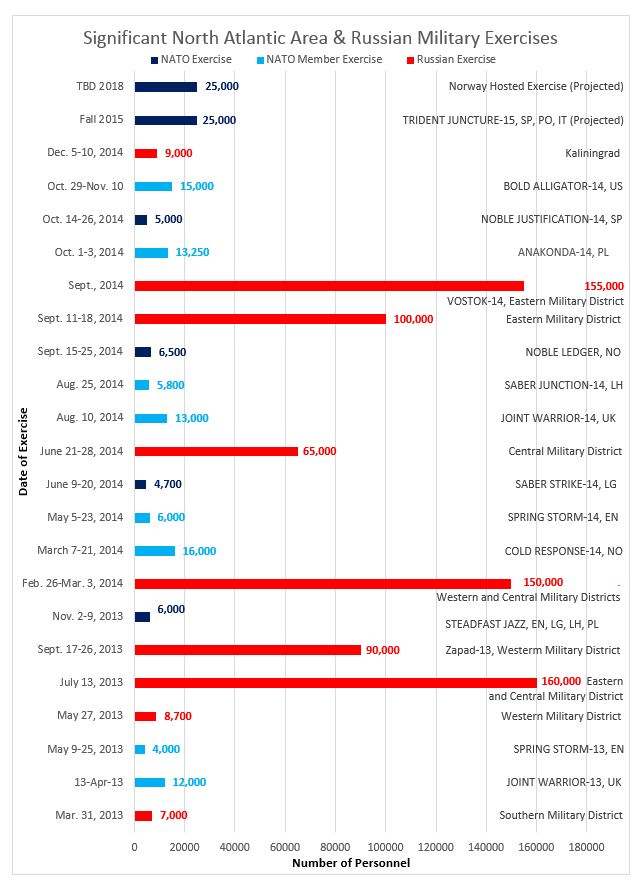In the Guardian, Julian Borger reports on restructuring in Norway’s defence establishment in reaction to Russian expansionism:
Norway’s defence minister has said her country’s armed forces will be restructured so they can respond faster to what she called increased Russian aggression.
Ine Eriksen Soreide said that Russia had recently re-opened military bases in its far north that had been shut down after the cold war, and that there had also been an increase in flights by Russian warplanes close to Norwegian airspace.
“We have seen in the first couple of months of this year a certain increase compared to the same period last year and … an increased complexity. We see they fly longer, they fly with more different kinds of airplanes and their patterns are different than they used to be,” Soreide told the Guardian during a visit to London.
“They have not breached our territory and that is different from what is happening in the Baltic Sea area. They are breaching territory there all the time and in the Baltic area they have also seen three times as many flights as normal or usual,” she added.
Soreide said Norway was stepping up military cooperation with the Baltic states — Estonia, Latvia and Lithuania — as a means of reassuring them that they were fully covered by Nato’s collective security umbrella. Furthermore, Norway was “absolutely” ready to expand training of Ukrainian soldiers, she said, predicting that more Nato states would follow the British example of dispatching trainers and non-lethal equipment to support Ukraine.
“On the political level I think it is important to define what we are seeing, that this is aggression — whether you see it as cyber threats or information campaign and conventional warfare, it is aggression what they are doing in Ukraine. And I think it’s important to say this, and that we do not accept this towards Nato countries,” the defence minister said.
Update: Re-worded the headline to reflect the fact that it was Russian bases being re-opened, not Norwegian facilities.






